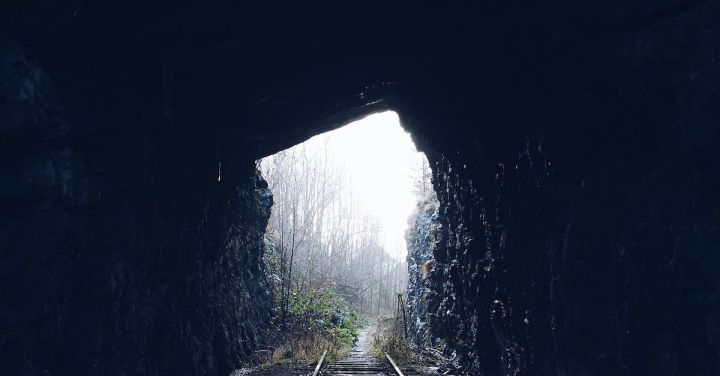Railway tunnels are a testament to human ingenuity and engineering prowess. These remarkable structures have allowed trains to traverse challenging terrains, conquer mountains, and connect distant cities. With their impressive scale and intricate design, railway tunnels have become symbols of progress and connectivity. Let us delve into the fascinating world of railway tunnels and explore the engineering marvels that they truly are.
One of the most remarkable aspects of railway tunnels is their sheer length. Stretching for miles beneath the earth’s surface, these tunnels are a triumph of human determination and perseverance. The construction process is an elaborate dance of precision and skill, as engineers navigate through difficult geological conditions and ensure the stability of the tunnel. It is a delicate balance between man and nature, with the tunnel serving as a conduit for progress.
The engineering challenges posed by railway tunnels are manifold. First and foremost is the issue of ventilation. With trains emitting exhaust fumes and creating heat, it is vital to provide a constant supply of fresh air to ensure the safety and comfort of passengers. Engineers employ various techniques, such as ventilation shafts and fans, to maintain optimal air quality within the tunnels. This intricate network of airflow is a testament to the meticulous planning and attention to detail that goes into the construction of railway tunnels.
Another crucial aspect of tunnel engineering is ensuring the stability of the structure. As trains pass through the tunnel at high speeds, vibrations can pose a significant threat to the integrity of the tunnel. Engineers employ a variety of techniques, such as reinforced concrete linings and steel support structures, to mitigate these vibrations and ensure the long-term stability of the tunnel. The engineering solutions devised to address these challenges are a testament to human innovation and problem-solving abilities.
Railway tunnels also showcase the use of cutting-edge technology in their construction. From advanced drilling machines to sophisticated monitoring systems, engineers utilize a wide array of tools and techniques to ensure the smooth execution of the project. The use of 3D modeling and simulation software allows engineers to visualize the tunnel before construction even begins, optimizing its design and minimizing potential risks. This seamless integration of technology and engineering expertise is what allows us to witness the marvels of railway tunnels.
The economic and societal impact of railway tunnels cannot be overstated. By providing a direct and efficient means of transportation, these tunnels have revolutionized the way we connect cities and regions. They have shortened travel times, stimulated economic growth, and fostered cultural exchange. Railway tunnels have become symbols of progress and connectivity, bringing people closer together and breaking down geographical barriers.
In conclusion, railway tunnels are not just simple passageways for trains; they are feats of engineering brilliance. From their impressive length to the intricate design, these tunnels showcase human innovation and problem-solving abilities. The challenges posed by ventilation, stability, and technology are met head-on by engineers, who utilize cutting-edge techniques to overcome them. The impact of railway tunnels extends beyond transportation, shaping economies and societies. As we travel through these tunnels, let us marvel at the human ingenuity that made them possible.
